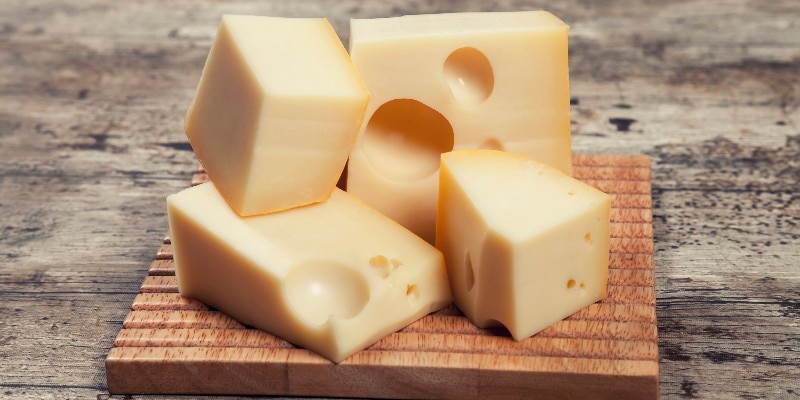by Melissa Chichester
According to the Harvard Medical School, you can lose up to 5% of your muscle mass per decade (3% on average). A loss in muscle mass can present itself in many ways, and it can also cause some health and safety issues as you get older. The good news is that you can build and maintain muscle at any age; it just takes hard work, dedication, and a plan.
Senior muscle loss affects 10% of adults over the age of 50. The term for it is “sarcopenia,” which actually means “lack of flesh.” When seniors lose muscle, they are more prone to serious safety issues, including falling, losing balance, reduced mobility, and losing the ability to complete daily tasks. In turn, these safety issues can become serious health issues.
When seniors lose muscle, they are more prone to serious safety issues, including falling, losing balance, reduced mobility, and losing the ability to complete daily tasks. In turn, these safety issues can become serious health issues.
>>8 Lifestyle Choices to Support Comfortable Joints

It isn’t aging alone that contributes to muscle loss. There are many lifestyle factors involved. For one, muscle loss is more prevalent when muscles aren’t used.
A sedentary lifestyle can lead to muscle loss, just as spending time on bed rest causes muscles to atrophy.
A poor diet/insufficient nutrients, severe stress, and chronic disease can also lead to muscle loss. Unbalanced hormones is another contributor. This shows that while genetics plays a role, lifestyle also plays a role in how your muscles age.
>>5 Common Nutrient Deficiencies in Seniors
You may not notice that you are losing muscle loss right away, but it will become more obvious over time. Feeling weak, having trouble lifting or gripping objects, or trouble walking might be signs of a muscle loss, but they can also be signs of other health issues.
>>Senior Health Spotlight: Fall Prevention
If you experience muscle loss, you can build it back up through exercise and even reverse muscle loss, depending on your overall health status.
When you partake in resistance exercises, the tension on muscle fibers promotes muscle growth and repair by making new proteins.
This includes activities such as weightlifting and using resistance bands. Resistance exercise just a few times per week can help maintain muscles.
Aerobic activity that raises your heart rate, such as walking, cycling, hiking, and dancing also helps maintain muscles. Even as little as 15 minutes per day is helpful! Walking is one of the most effective ways to keep your muscles strong.
>>3 Ways to Increase Your Water Intake

Eating nutritious foods that support muscle growth, repair, and maintenance is crucial to keeping muscles strong and lean. Creatine is a protein made in the liver that enhances the ability of muscles to produce higher muscular force, especially during short bouts of maximal exercise. In addition, creatine is more effective when used in conjunction with exercise to support muscles.
Lean proteins are essential to building muscle. Amino acids are the building blocks of protein, and they are found in abundance in many types of meat and dairy products, including milk, cottage cheese, eggs, beef, pork, and poultry.
Protein shakes can also assist with muscles, and contribute to another essential factor for keeping muscles strong: hydration.
Your muscles need water to stay hydrated to keep functioning properly, and any extra fluids help!